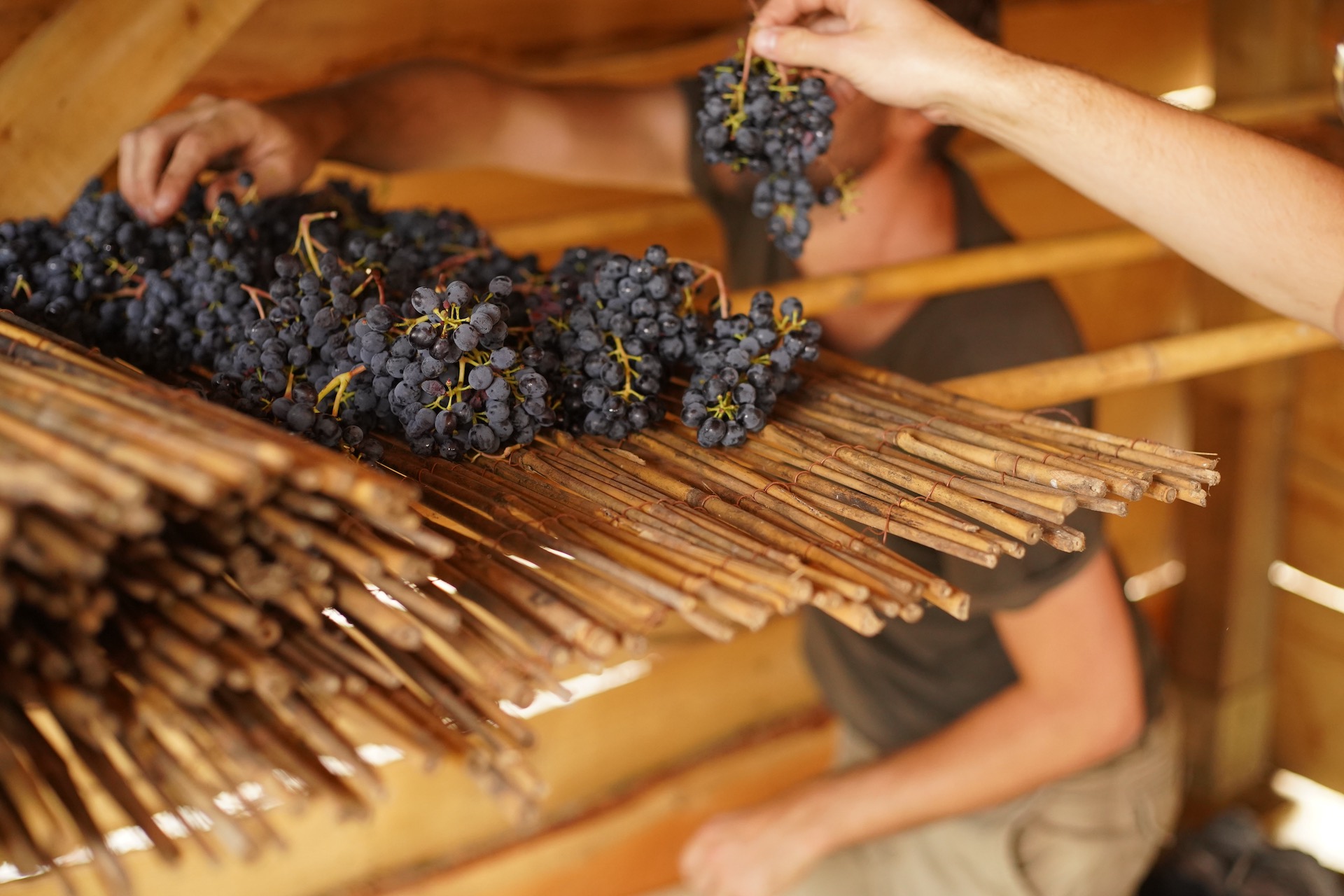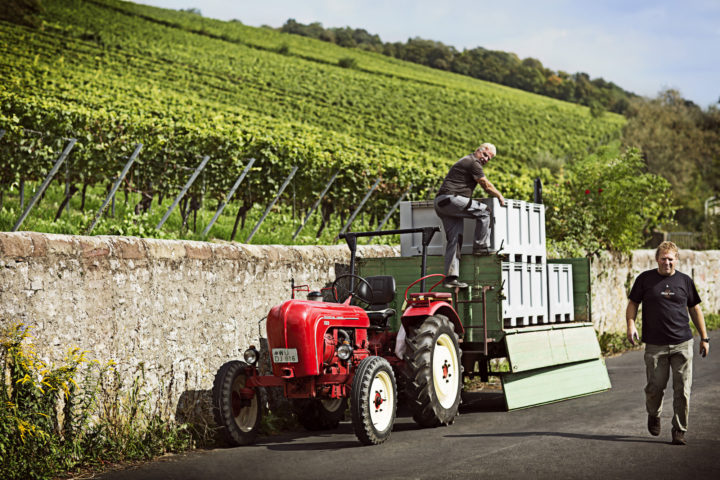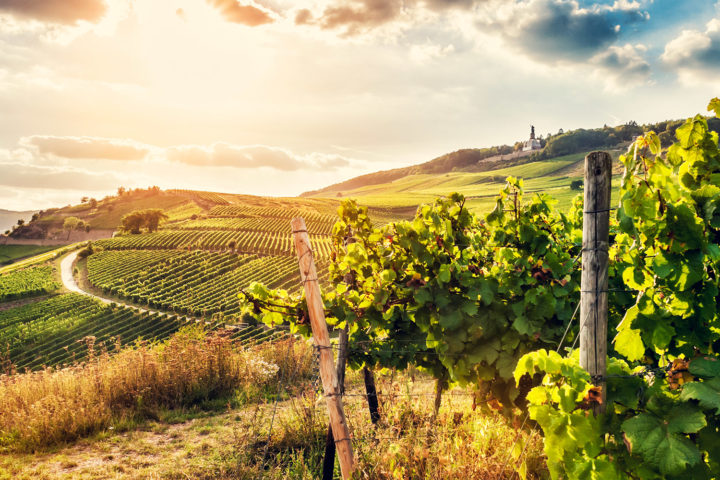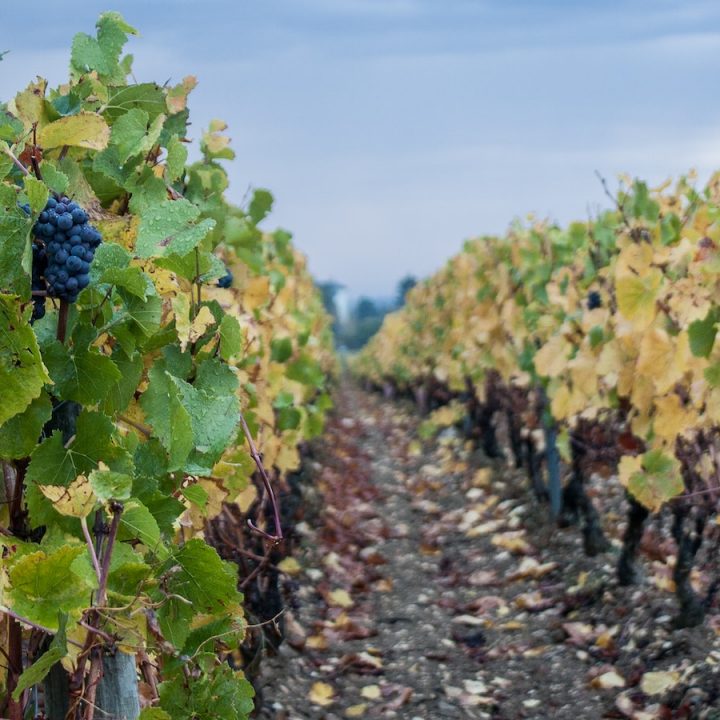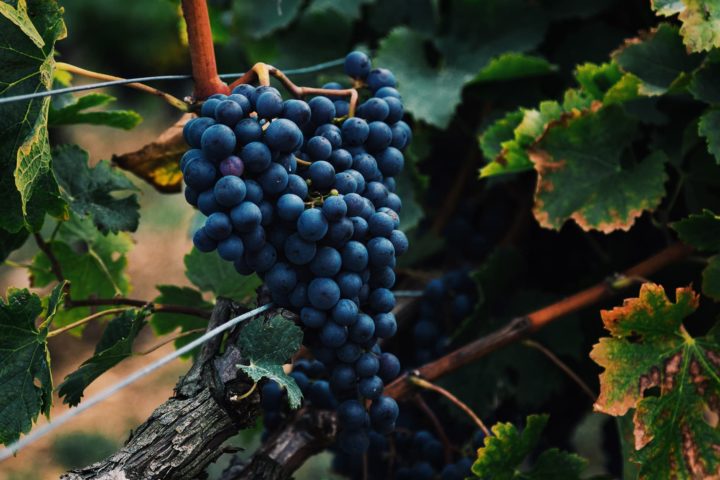Appassimento – a word that makes the hearts of wine connoisseurs beat faster and conjures up images of first-class wines. The word “appassimento” comes from the Italian word “appassire”, which means “to wither” or “to dry up”. This term refers to the characteristic process in which grapes are dried before wine is made. This results in intense aromas, a higher alcohol content and incomparable wines. In this article, we explain everything about Appassimento, from the method itself to the grape varieties used and famous regions. Immerse yourself in the world of Appassimento and let yourself be enchanted by the unique red wines it produces.
Only ripe and healthy grapes without noble rot are suitable for this method. Immediately after the grapes are harvested, they are usually laid out to dry on special racks, straw mats or in crates. This is done either in attics, warehouses or in the open air. The longer the fruit dries and thus loses more and more moisture, the more intense the resulting wine becomes. This is the secret behind the full-bodied and aromatic Appassimento wines.
Appassimento: An Ancient Wine Making Process
New techniques and methods have literally exploded in the wine world in recent years. However, appassimento is a method steeped in history, which was already used by Roman winegrowers to produce a particularly intense red wine. It is believed that the process was already used in ancient times. According to theories, the Romans used this method in the first century BC to preserve grapes after harvesting for future wine production and to intensify the taste and sweetness of the wine
The Roman scholar Pliny the Elder also reported on a so-called vinum reticam, which he tasted in Verona in the 1st century. It has since emerged that this was also an appassito wine.
Due to its popularity and prevalence, the term Appassimento is now found on wine bottles not only as Appassimento, but also as Appassito or Passito. All of these terms refer to the same thing.
The Complexity of the Appassimento Process
The production of such a drop begins even before the grapes are dried. The choice of the optimal harvest time plays a decisive role. The ripening process ends with the harvest and the acidity contained in the berries is retained. Italian winegrowers must find a good balance between sugar content and acidity in order to produce a harmonious wine in the end. Although drying directly on the vine is the most natural method, it also involves risks. On the one hand, the grapes break down more and more acidity, which leads to flat wines. On the other hand, cool, damp autumn weather encourages the formation of molds such as botrytis. For this reason, most winegrowers prefer to harvest the grapes early and then place them in special storage rooms to dry. The controlled environment ensures the best possible control over the raisining process.
More traditional wineries, on the other hand, rely on the ancient method of withering. This involves drying the grapes on straw mats and wooden racks in the open air or drying them out to concentrate the aromas. Anyone who enjoys eating raisins knows how intense raisined grapes can be.
Amarone della Valpolicella, the epitome of an Appassimento wine, has a drying period that can last up to four months. During this period, the berries lose 50 percent of their weight. Good ventilation is crucial during this process to prevent mold. This can be achieved by manually turning over the grapes and by using ventilation systems and fans.
After the fruit has lost a considerable amount of water, it is typically vinified and then matured in wooden barrels. The result is full-bodied, rich and powerful red wines with juicy aromas of ripe cherries and plums and a fine spiciness.
Grape Varieties and Regions for Appassimento Wines
Amarone della Valpolicella (DOCG) is undoubtedly one of the best-known wines produced by Appassimento. This red wine, mainly made from the Corvina grape variety, has a very full body and a fairly high alcohol and tannin content. Amarone wines are particularly popular because of their intense aromas, which are particularly reminiscent of dark berries, ripe cherries and plums as well as spices.
Amarone della Valpolicella DOCG from Veneto (Veneto), the best-known Appassimento wine, consists mainly of the Corvina grape variety, supplemented by Corvione and Rondinella. In the past, it also contained a proportion of Molinara, but this variety is now less common. Alternatively, Sangiovese, Croatina, Garganega, Cabernet Franc, Negrara or Oseleta are often used.
Appassimento, Ripasso and Doppio Passo: What are the Differences?
Wines with the addition “Ripasso” or “Doppio Passo” are different from classic Appassimento wines and should therefore not be confused with each other.
Ripasso is generally regarded as the little brother of Amarone. In spring, the dried but unpressed berries from the production of Amarone della Valpolicella are added to the already fermented base wine, giving the wine a darker appearance and more body thanks to their additional tannins and coloring. The yeasts and sugar contained in the berries cause the wine to start fermenting again. Hence the name Ripasso, which translates as “repetition” or “new passage”.
A Doppio Passo is mainly found in southern Italy, the home of Primitivo. The name means “to pass twice”, which refers to the two-stage harvesting process: first, only part of the grapes are harvested, while the rest remain on the vine and dry for up to three weeks. Doppio Passo wines therefore consist of a mixture of raisined and fresh grapes.
Appassimento: Also popular beyond Italy
Despite its Italian origins, the appassimento method is now used in other countries. In France we know it as Vin de Paille or Passerillé, in Switzerland as Flêtri and in South Tyrol and Austria as Schilfwein or Strohwein.
In Germany, the method was banned until 2009 and was only permitted when the wine law was amended at that time.
